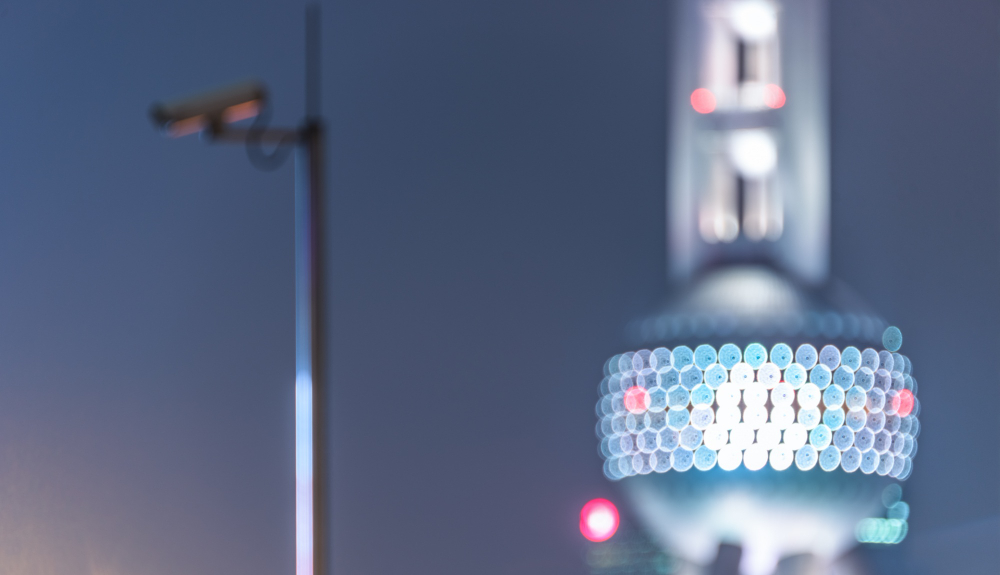A crime scene is a place or scenario where an event that may be a crime takes place and warrants a police investigation. Its importance lies in the fact that it keeps the clues or evidence that will allow the truth to be clarified through an orderly and careful investigation of this scene. No standard can accurately define the dimensions of the scene. The physical evidence is normally found in the place where the perpetrator has acted against the victim or her property.
The crime scene is where the crime was committed with all the elements that present it. The scene can extend to points distant from where the corpse is found or where the deed took place. The “crime scene” is where the victim’s body is found or the crime was committed and includes its surroundings, considered technically and logically.
The inspection of the crime scene image is the source of data that determines the three factors of material evidence that the Code establishes: either the results of the infraction, the indications, or the means with which it was committed.
CLASSIFICATION OF THE CRIME SCENE
ACCORDING TO ITS TYPICAL CHARACTERISTICS:
- Place of the facts (Primary): This is a site where the signs and evidence are found in the same area. The signs and evidence are found in different places with respect to the place of the event.
- Location of Find (Secondary): The indications or evidence (body of the crime, corpse, weapons, biological remains, etc.) of the crime committed in another place will be found.
- Place of connection (Tertiary): This is where you can find evidence related to the fact under investigation, left by the perpetrator or victim due to dynamic displacement or movement.
ACCORDING TO THE TYPE OF PLACE
- Scenes in the open field: Public roads, highways, avenues, places, ravines, parks, and squares.
- Closed field scenes: These are the house-room, Offices, buildings, etc.
- Mixed scenes: These are shopping centers, Schools, Public restrooms, Public buildings, Gas stations, Banks, and Parking lots.
-

CCTV footage enhancement software online
PERENNIZATION OF THE CRIME SCENE
It corresponds to the expert in criminology. For this, he will use technical
photography and lifting plans, sketches or diagrams, etc., enhanced with forensic image enhancement software for correct analysis.
FORENSIC PHOTOGRAPHY
Photography is a procedure by which permanent images are obtained on sensitized surfaces through the photochemical action of light or other forms of radiant energy. Likewise, this can come from reliable technology and advanced systems present at the crime scene at the moment of the incident. Examples are footage from cameras like CCTVs connected to the internet, which may later need CCTV footage enhancement software online due to blurry scenes.
In today’s society, photography plays a vital role as a means of information, an instrument of science and technology, an art form, and a popular hobby.
In the forensic area, expert reports, in general, and in the investigation of corpses, must be understandable and easy to understand. The photograph is the best support element for the opinion, and the images must clearly reveal the results obtained.
Photography is essential to fix and permanently illustrate the theater of crime. The photograph of a footprint, trail, or signal will clearly indicate its particular characteristics and may be the object of study by technicians to interpret its meaning.
The photograph explains in absolute detail the shape of the wounds on the victim’s body, the victim’s position and clothing, etc. All the circumstances that correspond to the victim’s body have to be photographed from different angles so that they can later be interpreted by the respective technicians and valued by the judge.
That is why forensic photography is called the ” science of small detail” since a photograph replaces the human eye and, therefore, must provide the same vision that is had when observing the object directly.

Photos must meet the following requirements:
- Possibility of relating the object to the environment: panoramic photographs.
- An individual vision of the objects or people studied: individual photograph of the signs.
- A vision of the smallest details: macro or microphotography.
- Elimination of shadows or increase of the same, if necessary, to interpret our shapes and dimensions of the photographed sample.
- Relation of space-time parameters: Use of metric witnesses and data corresponding to the fact. (Date, Previous Av., file, name, age, photographer’s name)
- Possibility of obtaining complementary images: special photographs, telephoto lenses, ultraviolet filters, etc.
- The photographs must be taken in sufficient numbers and in the correct order, noting the places from which they were taken in the respective sketches.
CONCLUSION
Digital technology cameras are currently being used, which tend to replace conventional ones, replacing cellulose film with image cards. Also, scenes are now recorded in real-time with the use of CCTVs, making it easier and more accurate to get images and videos from a crime scene. The only drawback is when scenes captured are blurry, but in cases like this, the MC2 security cloud is the go-to for crime scene reconstruction software.

